- Home
- Bookkeeping 101
- Bookkeeping 101 Financial Ratios
Bookkeeping 101 Financial Ratios
The 8 Ratios You Need To Know
Bookkeeping 101 Financial Ratios will teach you the eight financial ratios that you really need to know.
You know that being a business owner requires a wide variety of skills and knowledge. This includes financial and bookkeeping basics, or what I refer to as bookkeeping 101.
Take financial ratios, for example. For a business owner, there are a number of financial ratios that can be analyzed. But for bookkeeping 101 purposes, there are eight that every business owner must consider.
Bookkeeping 101 Financial Ratios
Periodically reviewing and analyzing some key ratios can help you do a better job of managing your business accounting and it’s not as complicated as you might think.
Financial ratios can help you compare your company’s performance to other
businesses in your industry and track your own progress. In this article we’ll
briefly explain some common ratios you should track.
Bookkeeping 101 Financial Ratios - Business
Profitability Ratios
Profitability ratios indicate the efficiency with which your business manages resources.
Bookkeeping 101 Financial Ratios: Gross Margin
Gross profits/net sales – Your gross margin is one of the most fundamental indicators of operational performance in your business. It is calculated by dividing gross profit by net sales, and it should be included on your profit and loss statement.
Return on Revenue
Income before taxes (EBITDA)/net revenue (sales) - Return on revenue is the other key indicator for measuring operational efficiency. Return on revenue measures the percentage of pre-tax income derived from each dollar of revenue and indicates key financial metrics of how well you are managing your operating expenses.
Bookkeeping 101 Financial Ratios: Return on Assets (ROA)
Income before taxes (EBITDA)/total assets - ROA measures your business’ profitability relative to its total assets. It can show how effectively you are utilizing assets to generate profit and cash flow, or how much income has been produced from each dollar’s worth of assets. ROA provides insight into how efficiently your business is being run.
Return on Equity (ROE)
Net profit/paid-in capital (shareholders’ equity) - ROE measures profitability relative to the money shareholders have invested by showing the paid-in capital portion of owners’ equity for business owners.
In other words, it measures how much income has been produced from each dollar’s worth of invested capital. A business with a high ROE is more likely to be capable of generating cash.
Efficiency Ratios
Sometimes known as turnover ratios, efficiency ratios measure the operational efficiency of your business, and is a tool for helping you control operations. They also indicate the frequency with which assets are turned into sales or cash.
Bookkeeping 101 Financial Ratios: Inventory Turnover Ratio
COGS/average value of inventory - Businesses with inventory need to track their turnover. This number offers predictive accounting and measures the pace at which your merchandise is being sold, or how many times your initial inventory is replaced in a year.
A high inventory turnover ratio is generally positive, but if it’s too high you could risk losing sales because of inadequate stock on hand. A low inventory turnover ratio indicates that you have too much inventory on hand, or sales are very slow.
Leverage Ratios
Leverage ratios measure a company’s solvency, or ability to cover long-term debt, or obligations beyond the next 12 months.
The term leverage refers to the amount of debt used to finance a firm’s assets. A firm with significantly more debt than equity is considered to be highly leveraged.
Bookkeeping 101 Financial Ratios: Debt-to-Equity Ratio
Total Debt / Owners’ Equity - This number indicates how much capital the owners have at stake in the company compared with how much debt creditors have at stake.
A high debt-to-equity ratio can be considered a sign of risk; the business owner may be extending its obligations beyond its ability to pay. A low ratio means that you may be able to borrow more money because you don’t have too much debt.
Liquidity Ratios
Liquidity is a company’s ability to cover its short-term or current liabilities, or obligations to be paid off within the next 12 months.
Liquidity ratios measure the amount of cash available for this purpose. They also indicate how quickly you can turn assets into cash.
Current Ratio
Current Assets / Current Liabilities - This ratio measures short-term ability to pay debts or meet current obligations, by determining if your business has enough assets to cover its liabilities. The typical current ratio for a healthy business is 2:1, which means current assets are two times, or 200%, of current liabilities.
Quick Ratio
Current Assets Less Inventories /Current Liabilities - Like the current ratio, the quick ratio measures short-term debt-paying ability by calculating a business’ liquid assets in relation to its liabilities.
The quick ratio examines assets that can be turned into cash in the least amount of time. It is calculated without inventory, however, since inventory is not as easy to turn into cash as your other current assets. The higher the ratio, the higher the level of liquidity.
Why Do Ratios Matter?
If all of these ratios seem too complicated – or boring! – keep in mind that the ratios are meant to help you manage your business more effectively.
And you don’t have to track all of these ratios right now. It’s not strategic to spend time and effort tracking and quantifying everything – just what is essential for where you are in your business life now.
You don’t have to go it alone. Talk about this with your financial advisers. Or, if you need a financial adviser, please do not hesitate to ask us questions about what you don’t understand.
We love to discuss which ratios are the most important for your business at this stage of its growth. Ultimately, these ratios will become your personal bookkeeping 101 tools to help you navigate toward your business goals.
Author
Stephanie Horne is an experienced bookkeeper and Enrolled Agent. She is the owner and founder of Tax Avail, Inc. in Rohnert Park, California along with this website and has over 20 years of in person, virtual and outsourced bookkeeping/accounting and tax preparation experience with businesses of all sizes.
Her love and passion is to work individually with business owners and families to help alleviate any financial stress or concerns by helping them to understand and have better control of their income, expenses, cash flow, and tax liabilities.
More Bookkeeping Basics
- Bookkeeping 101 Financial Ratios
- Bookkeeping 101 For Business Owners
- Bookkeeping 101 For Partnerships
- Bookkeeping 101 Chief Financial Officer
- Bookkeeping Basics Bookkeeping Basics
- Bookkeeping Basics And Cash Flow
- Bookkeeping Basics For Business Owners
- Bookkeeping Basics Key Financial Metrics
- Bookkeeping Basics Predictive Accounting
- Bookkeeping Basics Bookkeeping Tips
Please subscribe to my monthly newsletter, Bookkeeping Basics E-zine. It tells you every month about the new information that I have added, including some great tips and advice from myself and other Bookkeeping Basics readers.
Like Bookkeeping-Basics.net?
- Home
- Bookkeeping 101
- Bookkeeping 101 Financial Ratios
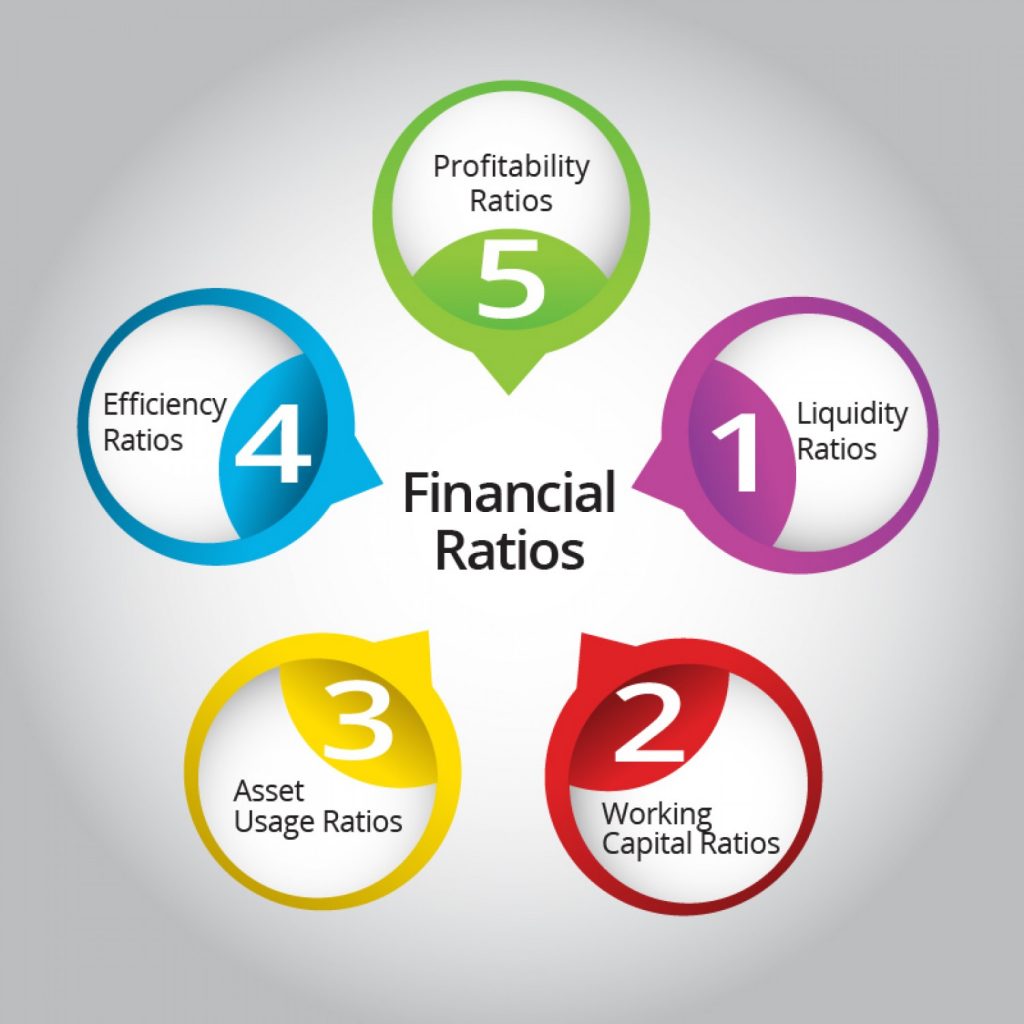


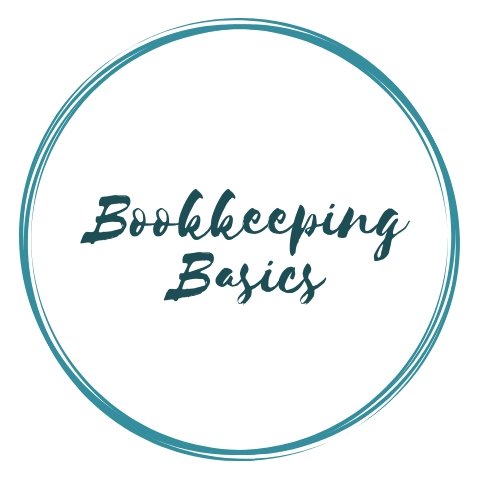






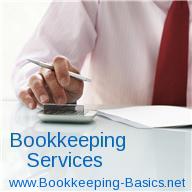

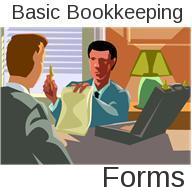


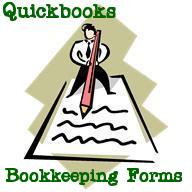

New! Comments
Have your say about what you just read! Leave me a comment in the box below.